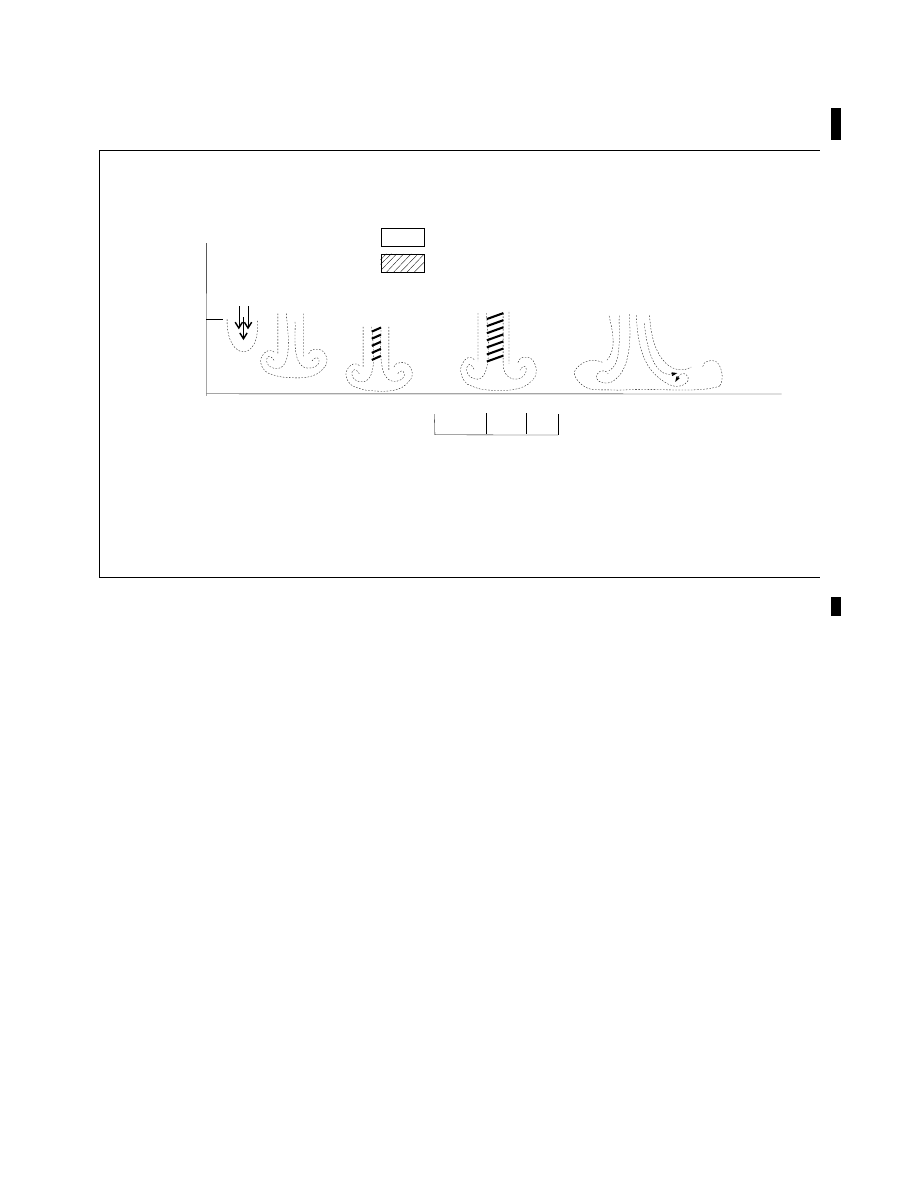
4/20/23
AIM
NOTE
−
Terminal control facilities have the option to limit hazardous weather information broadcast as follows: Tower cab and
approach control positions may opt to broadcast hazardous weather information alerts only when any part of the area
described is within 50 miles of the airspace under their jurisdiction.
REFERENCE
−
FAA Order JO 7110.65, Para 2
−
6
−
6, Hazardous Inflight Weather Advisory.
7
−
1
−
9. Flight Information Services (FIS)
FIS is a method of disseminating meteorological (MET) and aeronautical information (AI) to displays in the
cockpit in order to enhance pilot situational awareness, provide decision support tools, and improve safety. FIS
augments traditional pilot voice communication with Flight Service Stations (FSSs), ATC facilities, or Airline
Operations Control Centers (AOCCs). FIS is not intended to replace traditional pilot and controller/flight service
specialist/aircraft dispatcher preflight briefings or inflight voice communications. FIS, however, can provide
textual and graphical information that can help abbreviate and improve the usefulness of such communications.
FIS enhances pilot situational awareness and improves safety.
a.
Data link Service Providers (DSPs). DSPs deploy and maintain airborne, ground
−
based, and, in some cases,
space
−
based infrastructure that supports the transmission of AI/MET information over one or more physical
links. A DSP may provide a free of charge or a for
−
fee service that permits end users to uplink and downlink
AI/MET and other information. The following are examples of DSPs:
1.
FAA FIS-B. A ground-based broadcast service provided through the ADS-B Universal Access
Transceiver (UAT) network. The service provides users with a 978 MHz data link capability when operating
within range and line-of-sight of a transmitting ground station. FIS-B enables users of properly equipped aircraft
to receive and display a suite of broadcast weather and aeronautical information products.
2.
Non-FAA FIS Systems. Several commercial vendors provide customers with FIS data over both the
aeronautical spectrum and on other frequencies using a variety of data link protocols. Services available from
these providers vary greatly and may include tier based subscriptions. Advancements in bandwidth technology
permits preflight as well as inflight access to the same MET and AI information available on the ground. Pilots
and operators using non-FAA FIS for MET and AI information should be knowledgeable regarding the weather
services being provided as some commercial vendors may be repackaging NWS sourced weather, while other
commercial vendors may alter the weather information to produce vendor
−
tailored or vendor
−
specific weather
reports and forecasts.
b.
Three Data Link Modes. There are three data link modes that may be used for transmitting AI and MET
information to aircraft. The intended use of the AI and/or MET information will determine the most appropriate
data link service.
1.
Broadcast Mode: A one-way interaction in which AI and/or MET updates or changes applicable to a
designated geographic area are continuously transmitted (or transmitted at repeated periodic intervals) to all
aircraft capable of receiving the broadcast within the service volume defined by the system network architecture.
2.
Contract/Demand Mode: A two-way interaction in which AI and/or MET information is transmitted to
an aircraft in response to a specific request.
3.
Contract/Update Mode: A two-way interaction that is an extension of the Demand Mode. Initial AI
and/or MET report(s) are sent to an aircraft and subsequent updates or changes to the AI and/or MET information
that meet the contract criteria are automatically or manually sent to an aircraft.
c.
To ensure airman compliance with Federal Aviation Regulations, manufacturer’s operating manuals should
remind airmen to contact ATC controllers, FSS specialists, operator dispatchers, or airline operations control
centers for general and mission critical aviation weather information and/or NAS status conditions (such as
NOTAMs, Special Use Airspace status, and other government flight information). If FIS products are
systemically modified (for example, are displayed as abbreviated plain text and/or graphical depictions), the
modification process and limitations of the resultant product should be clearly described in the vendor’s user
guidance.
Meteorology
7
−
1
−
23